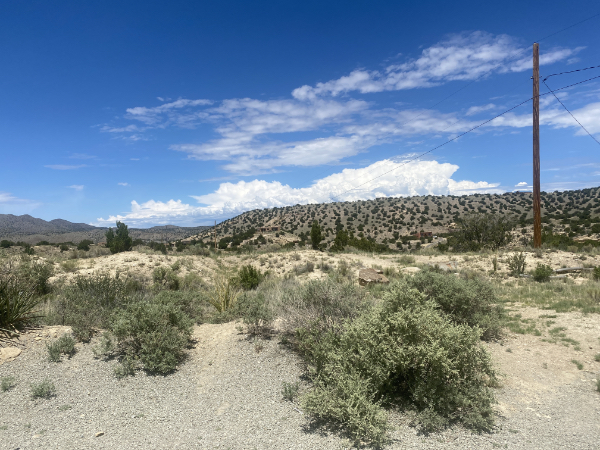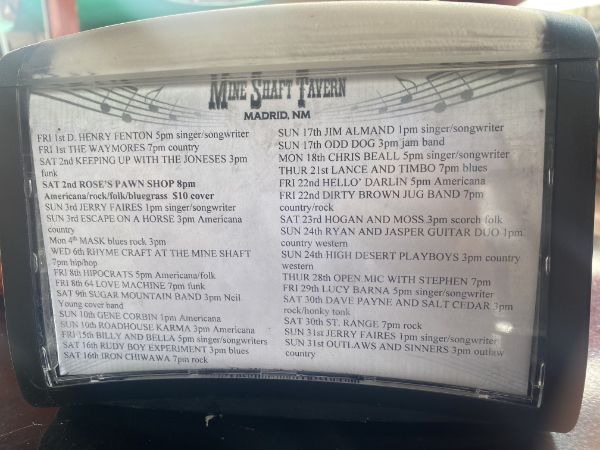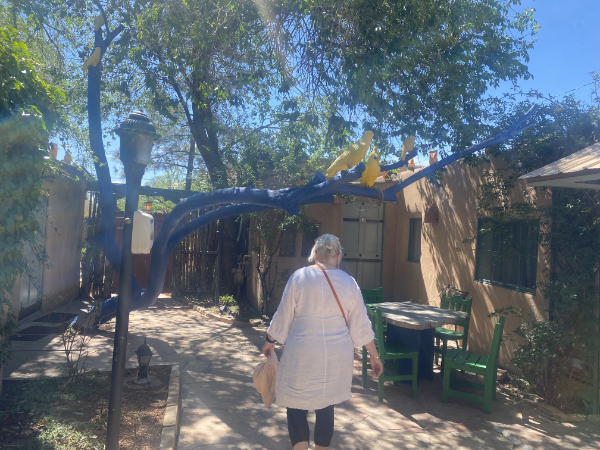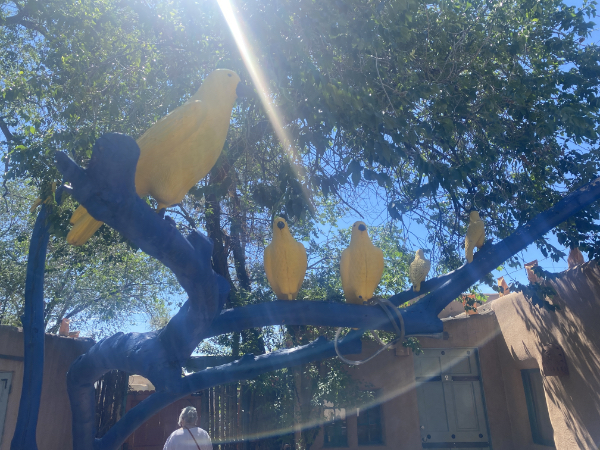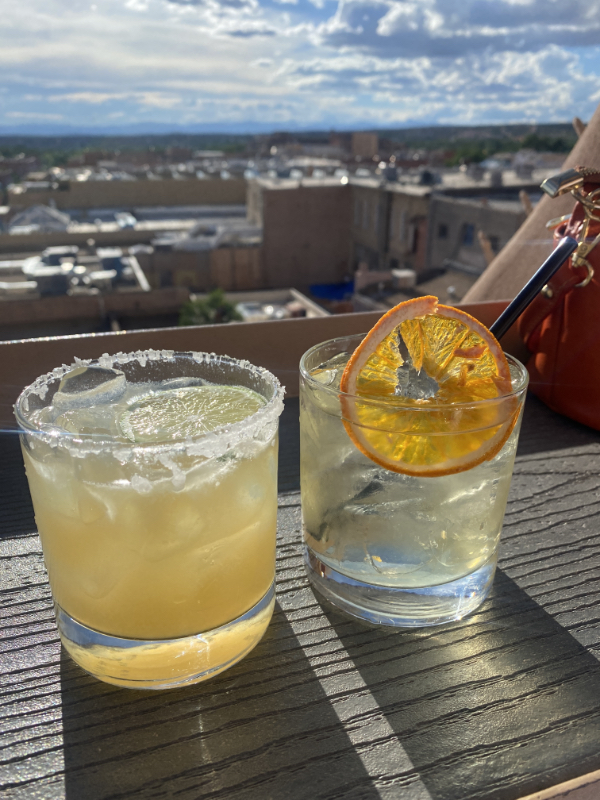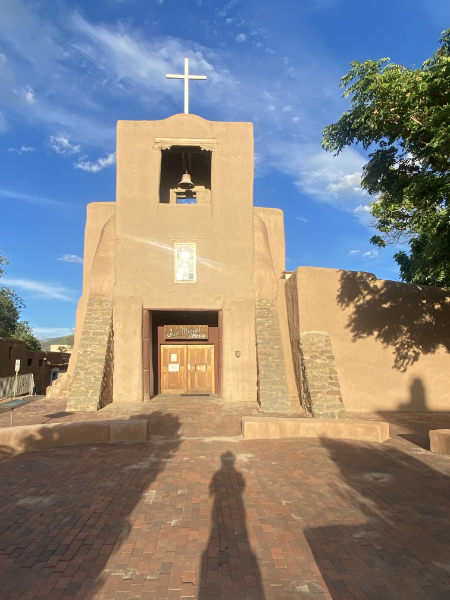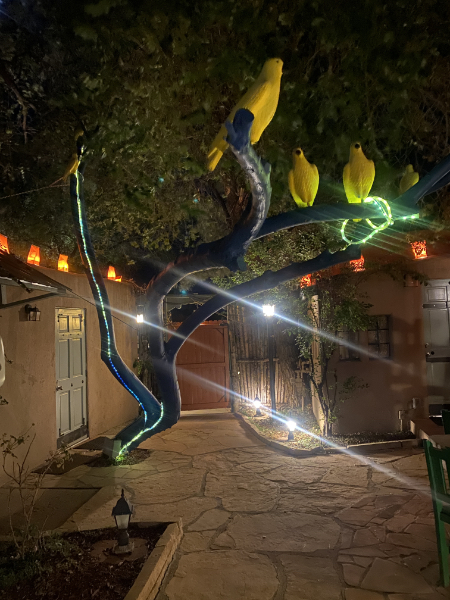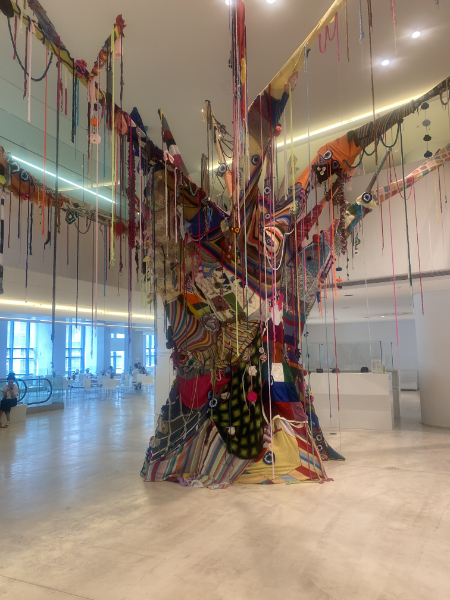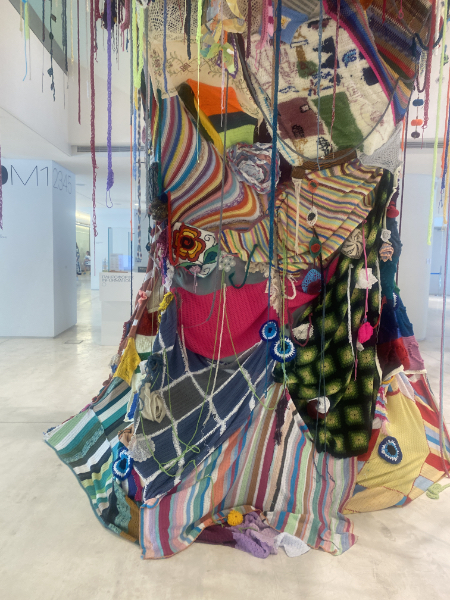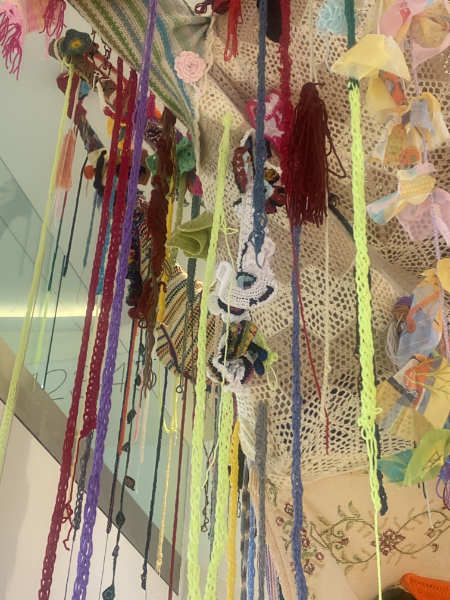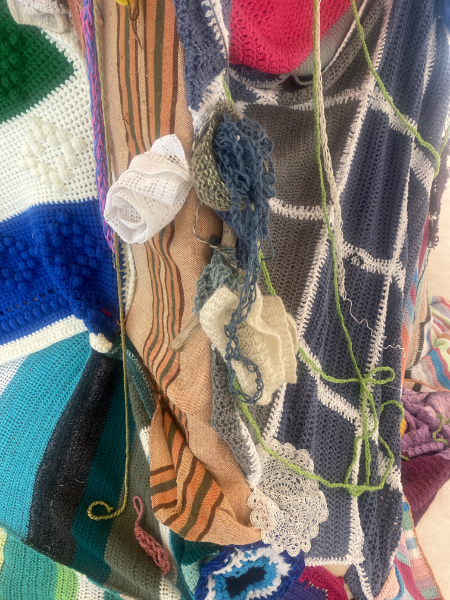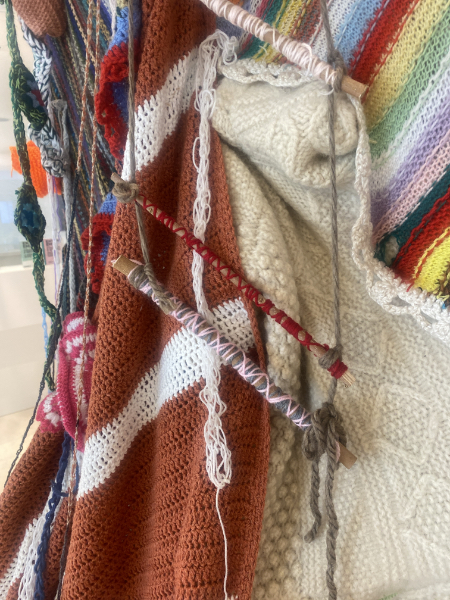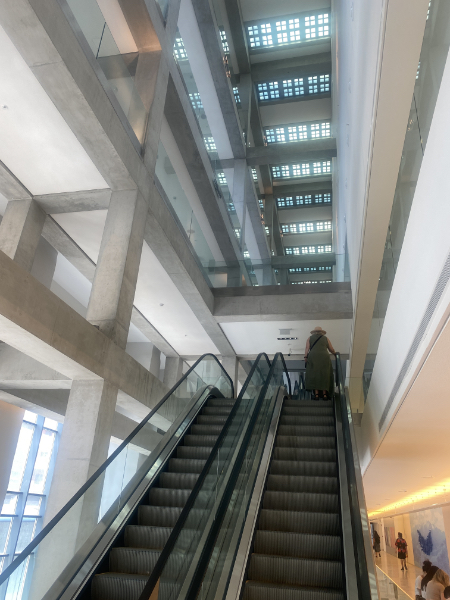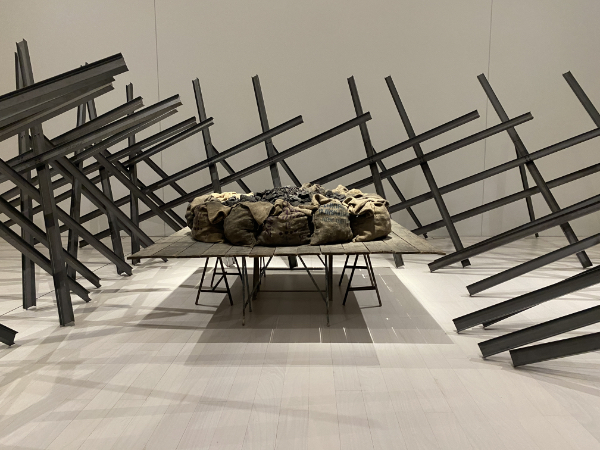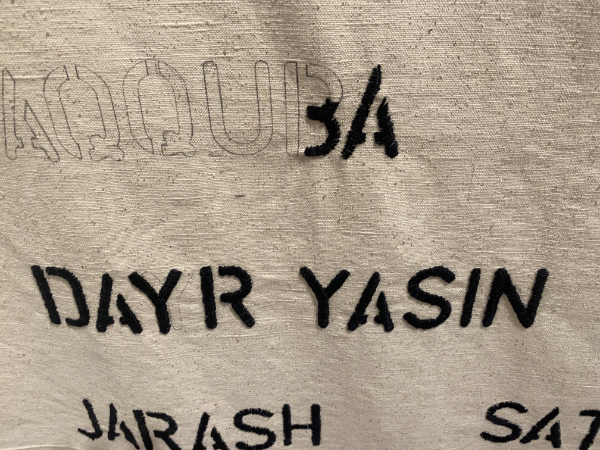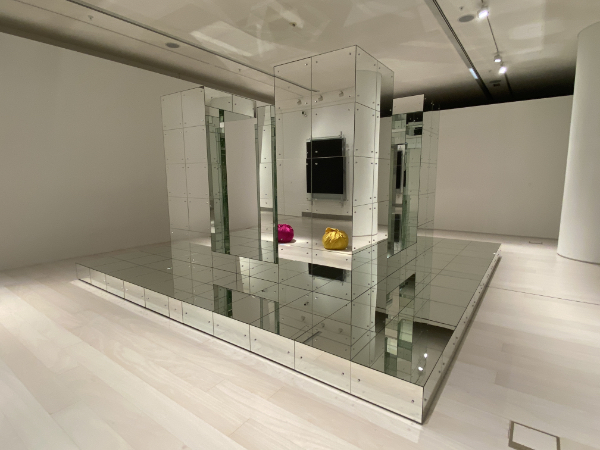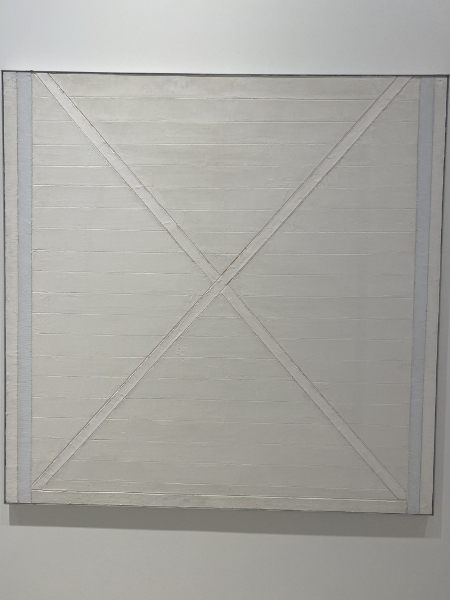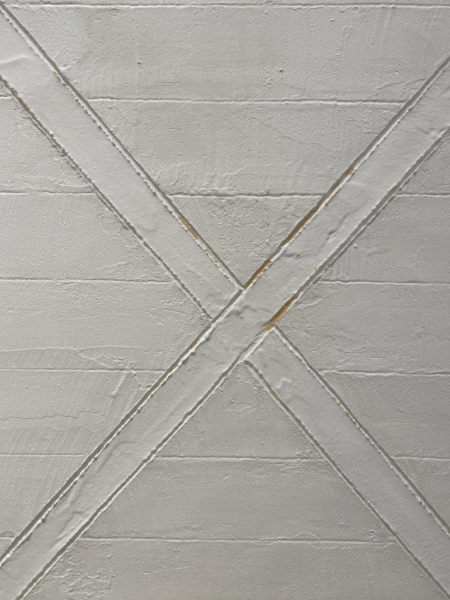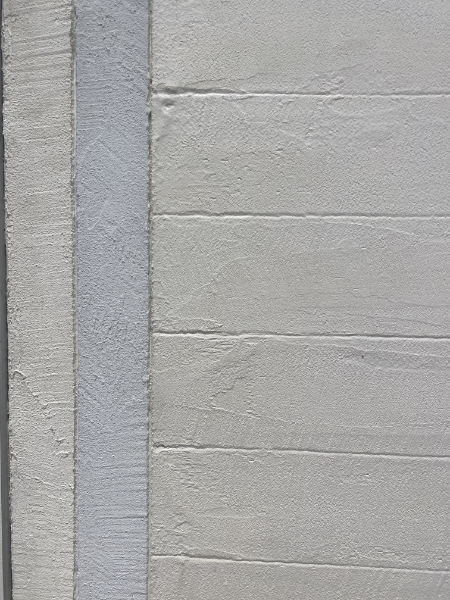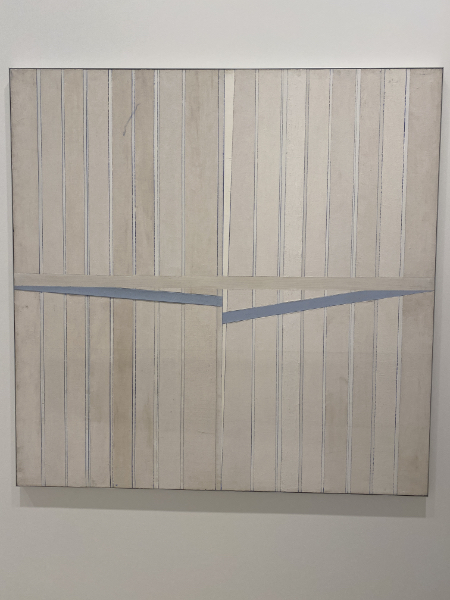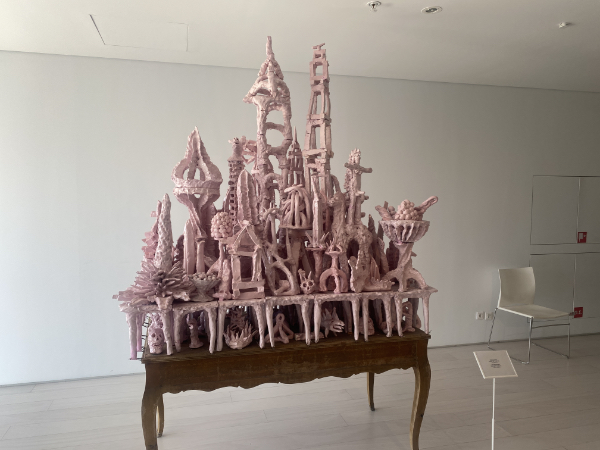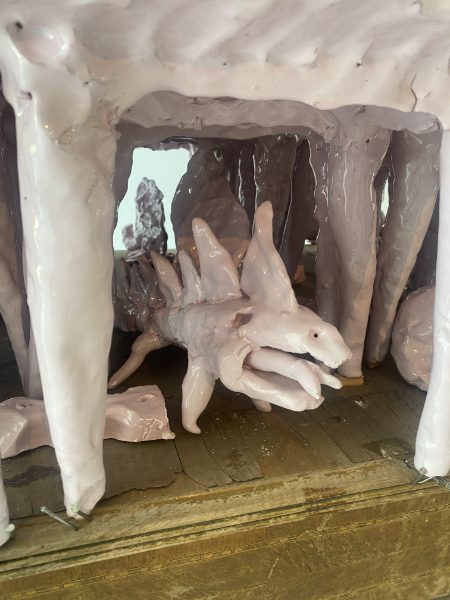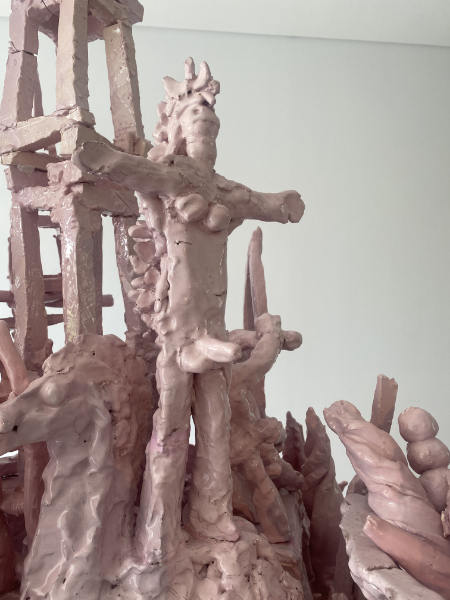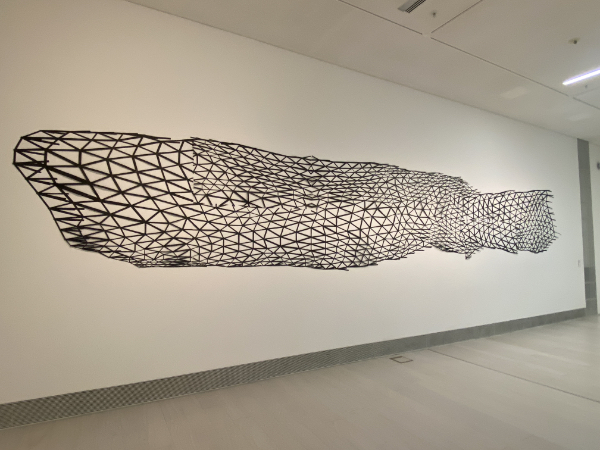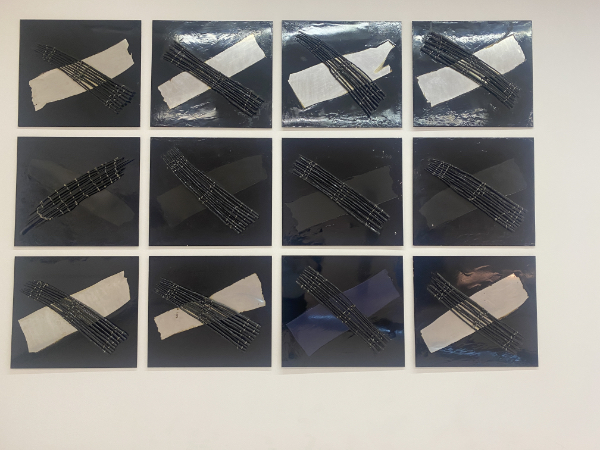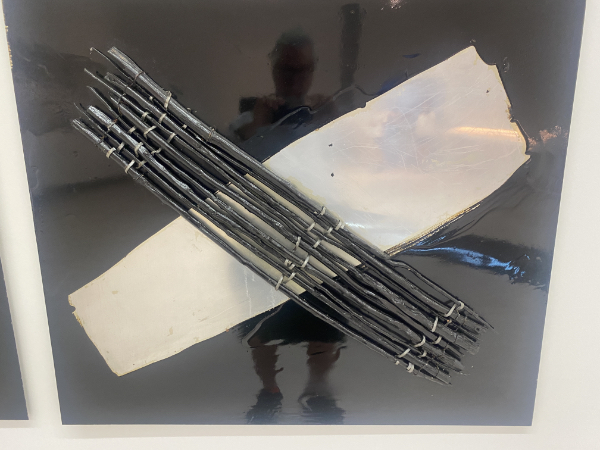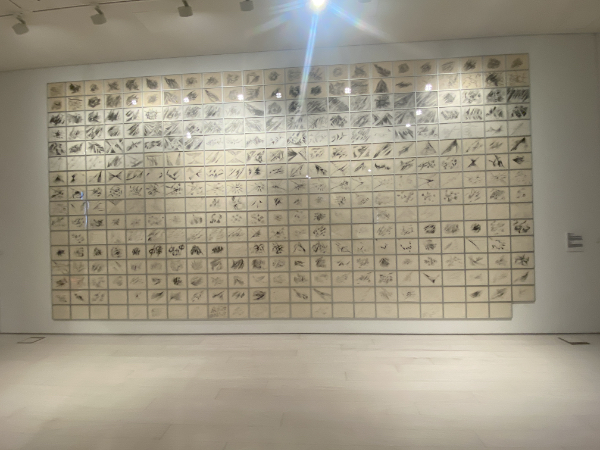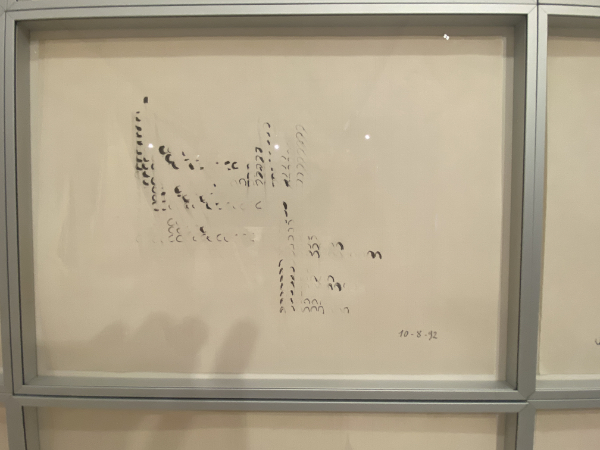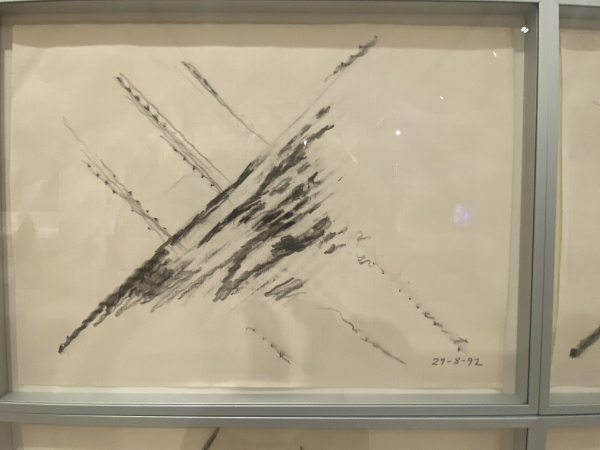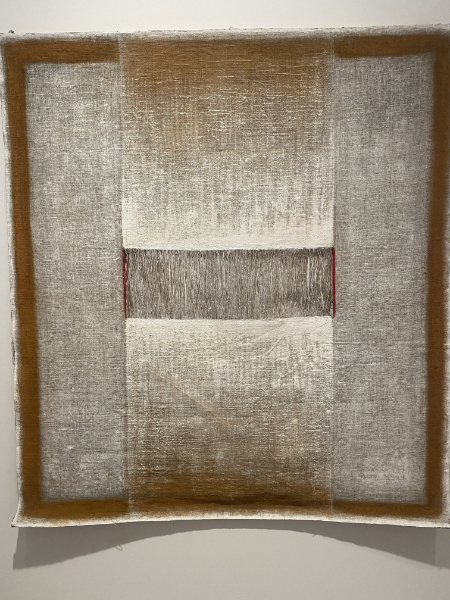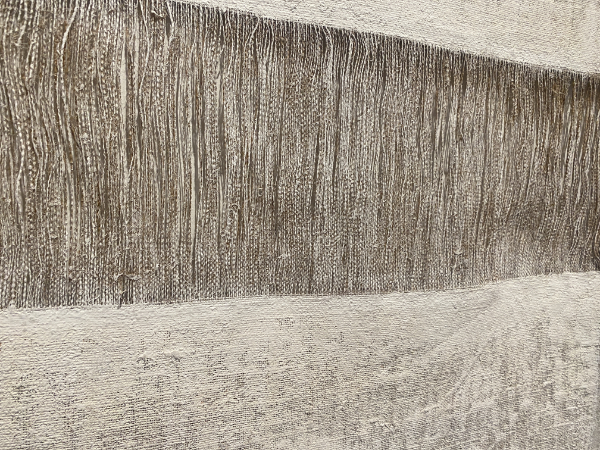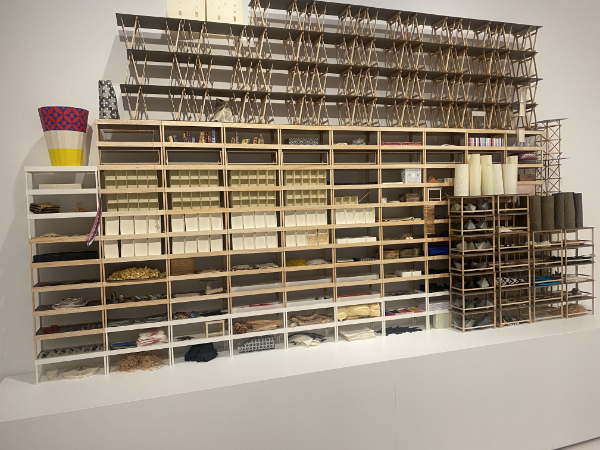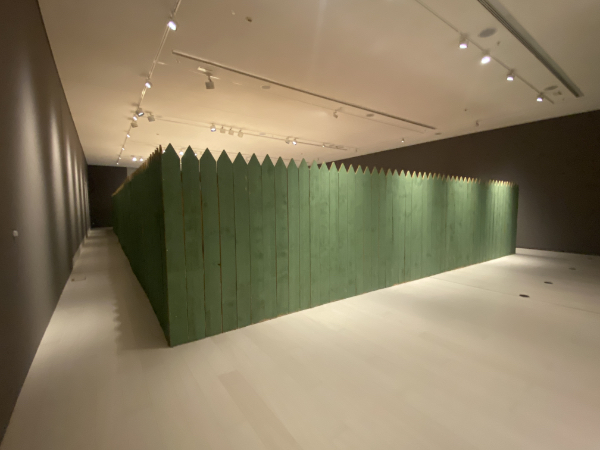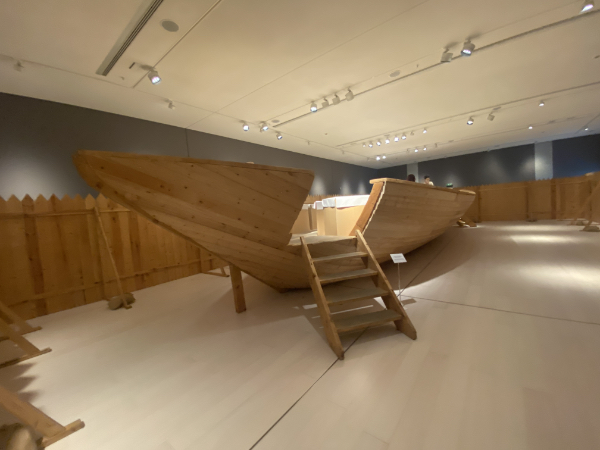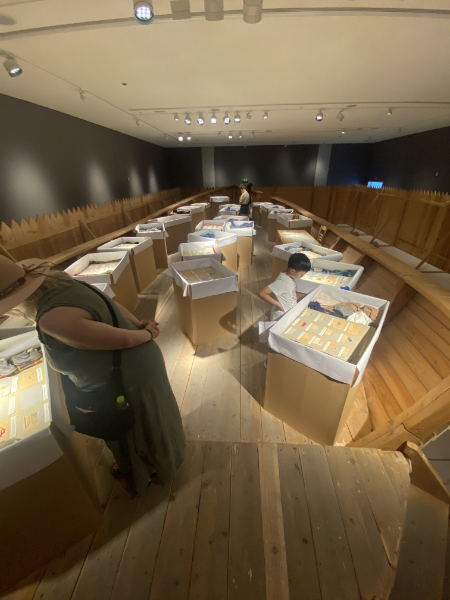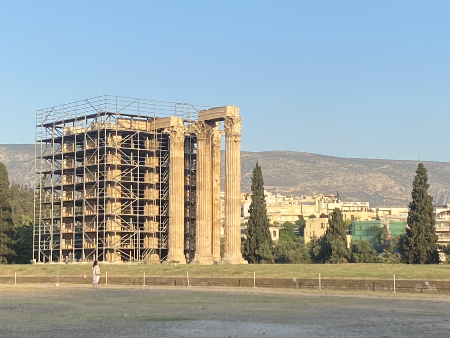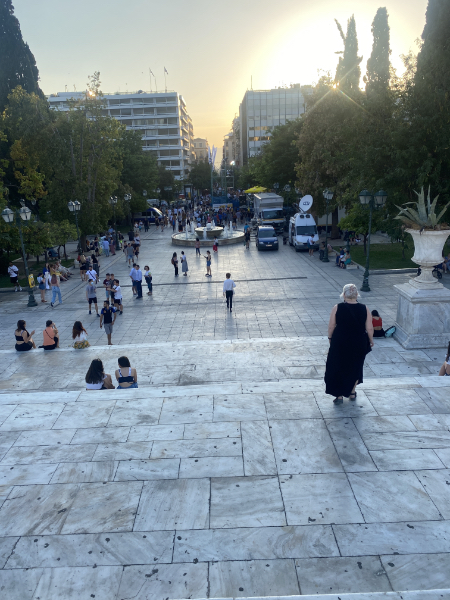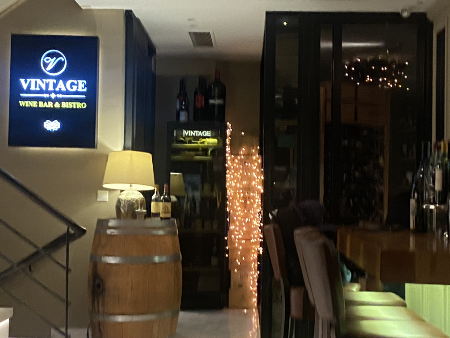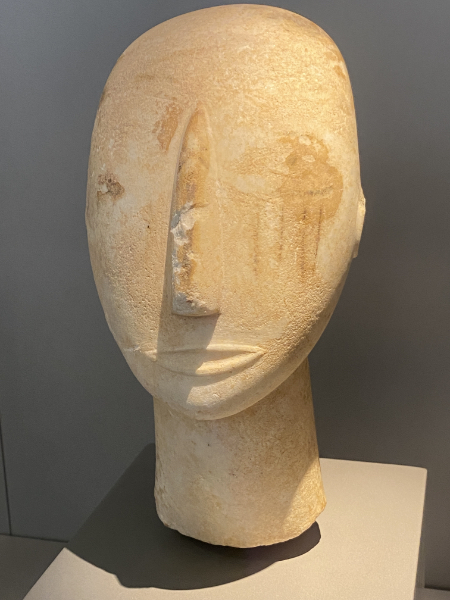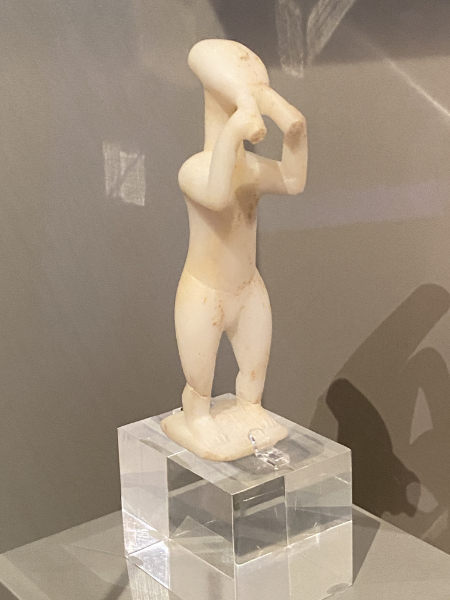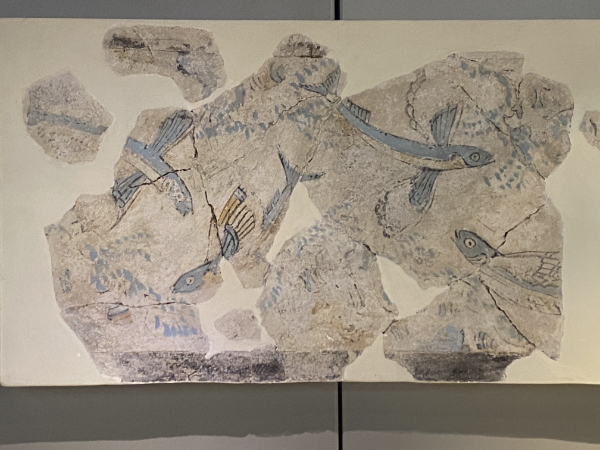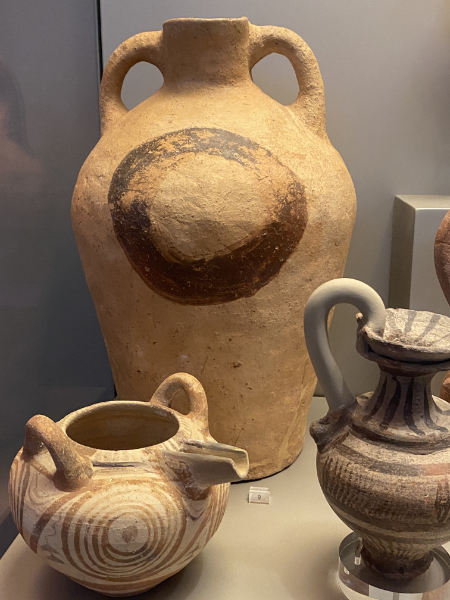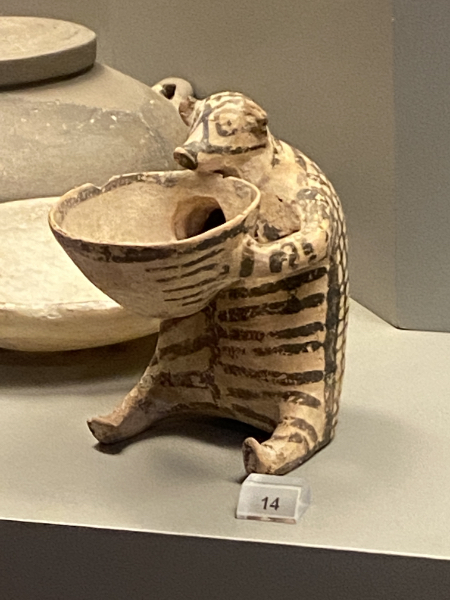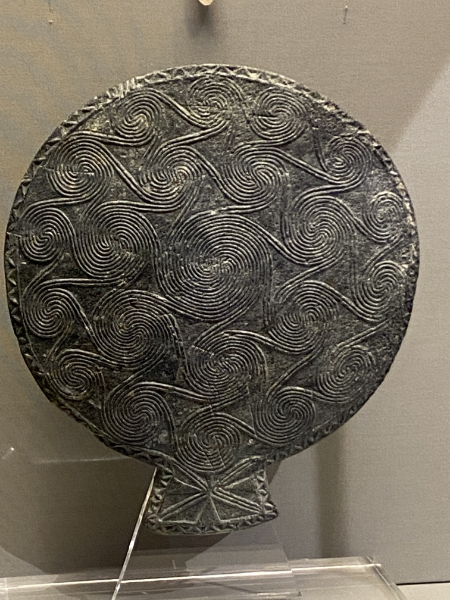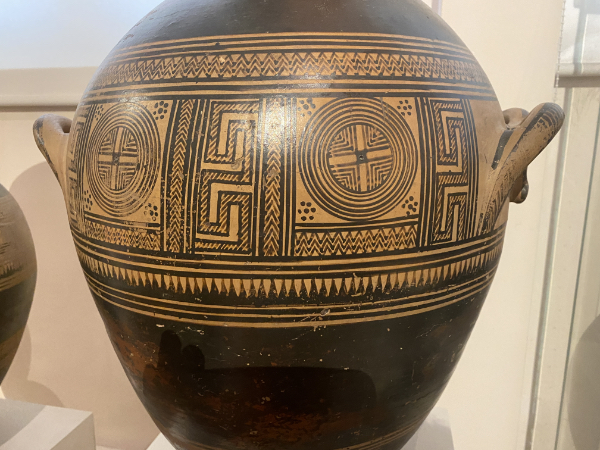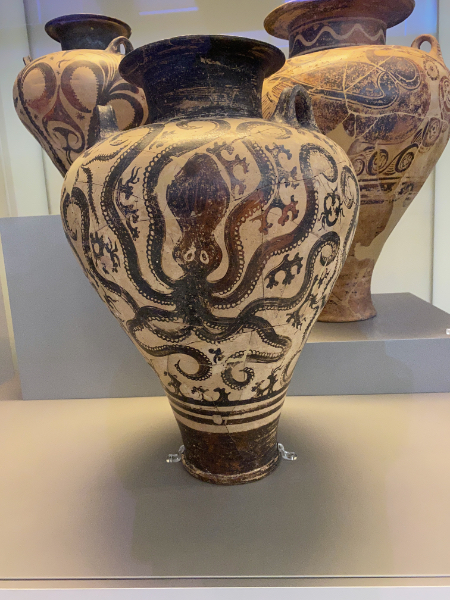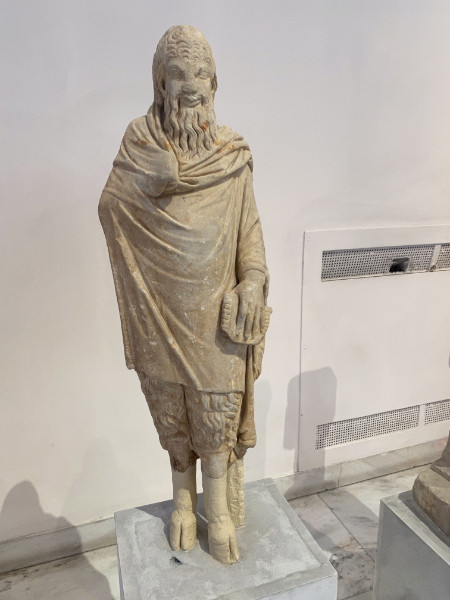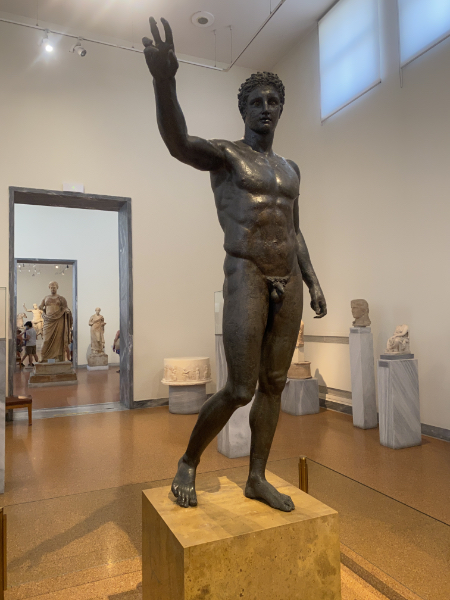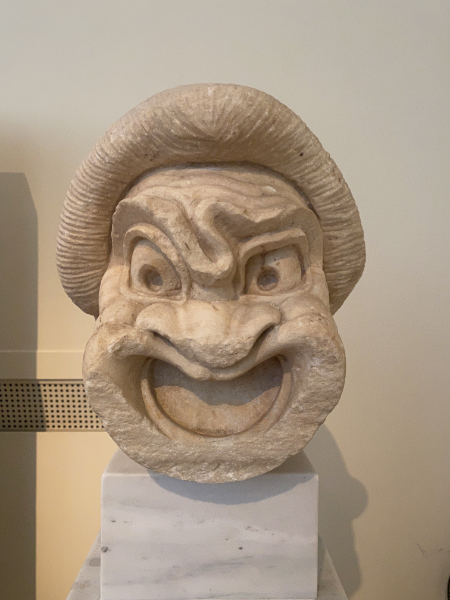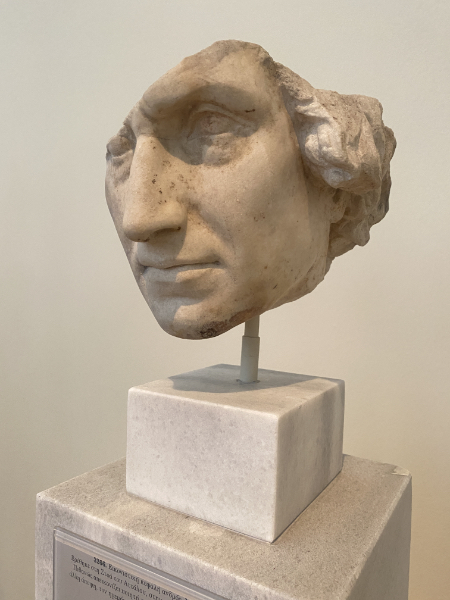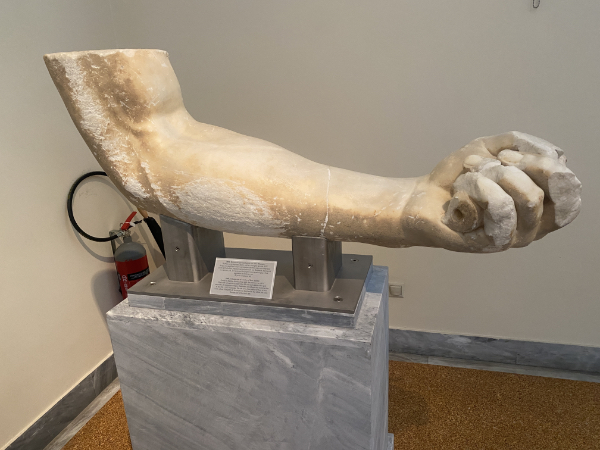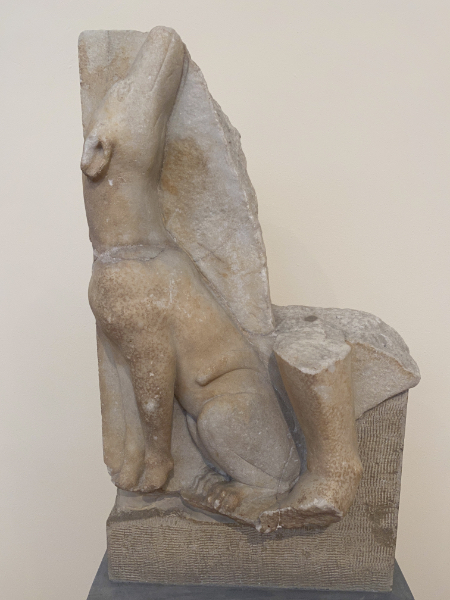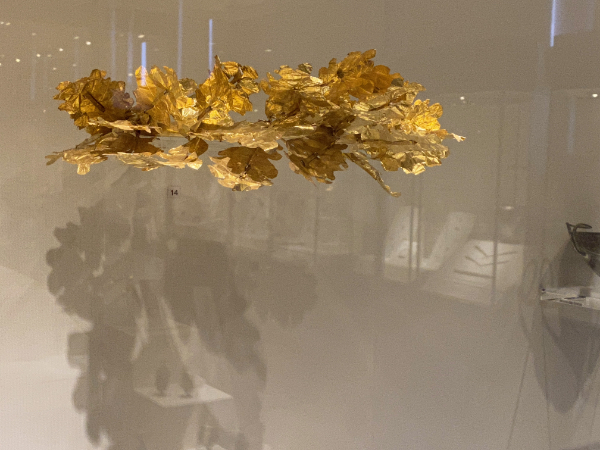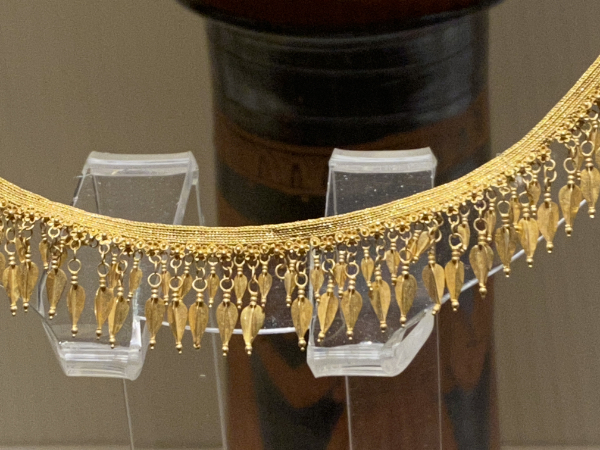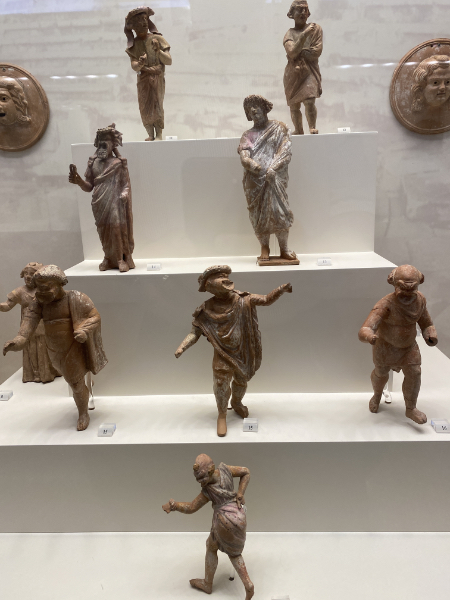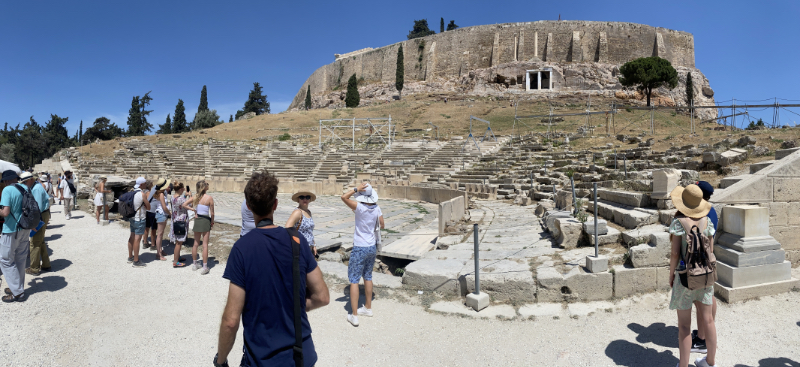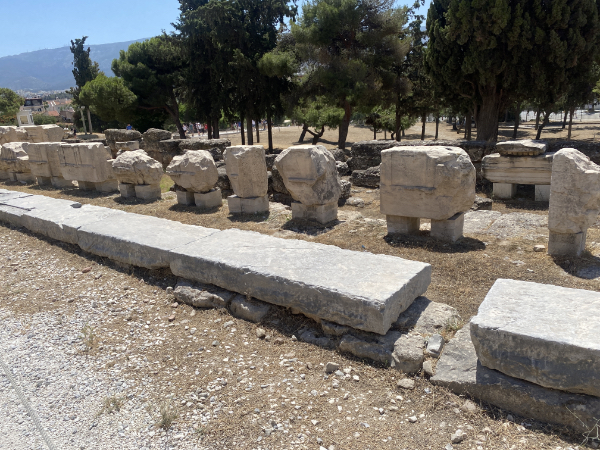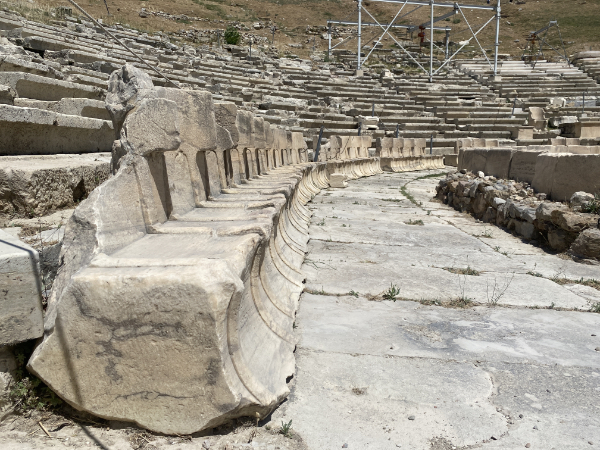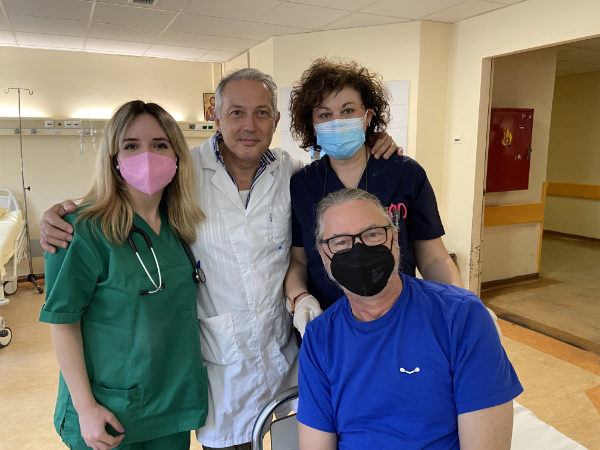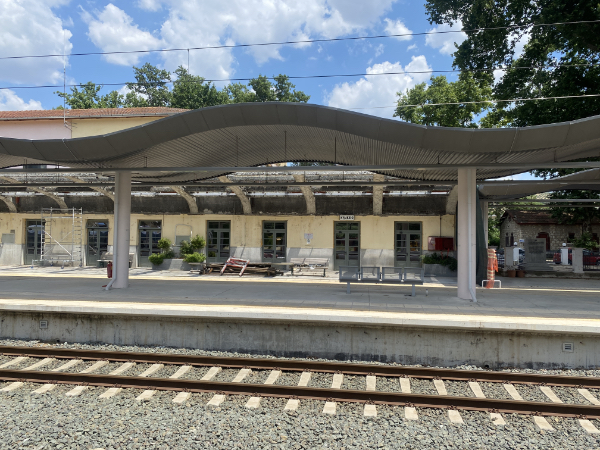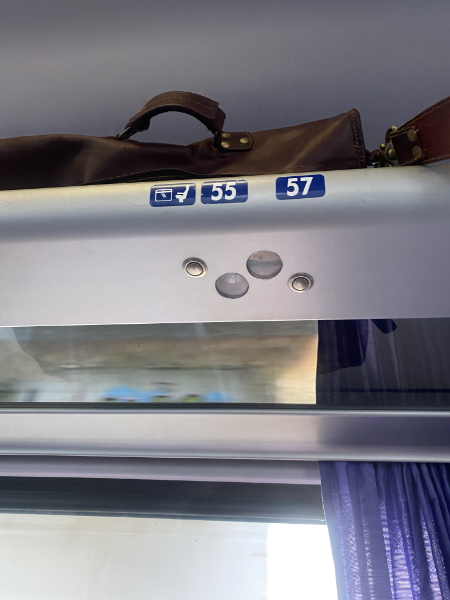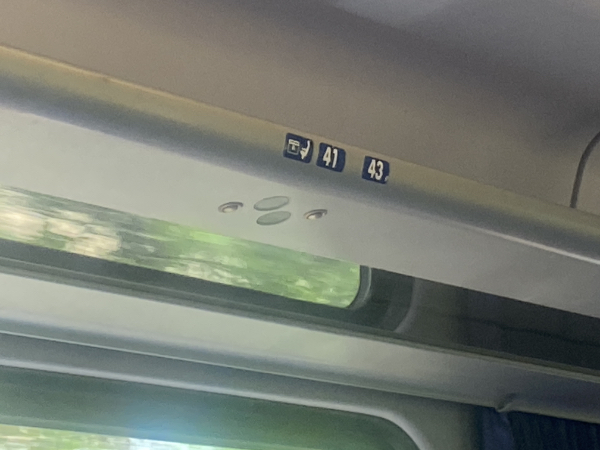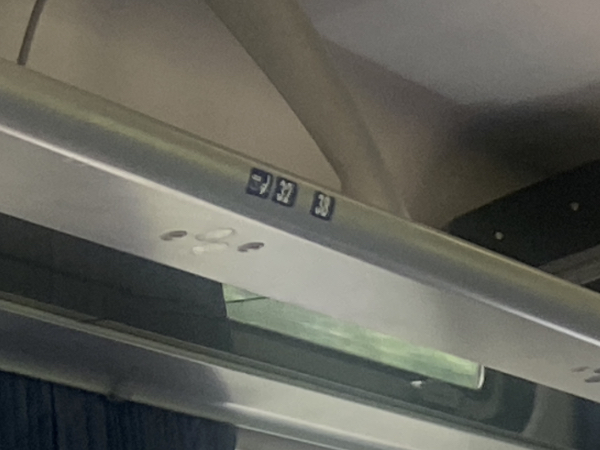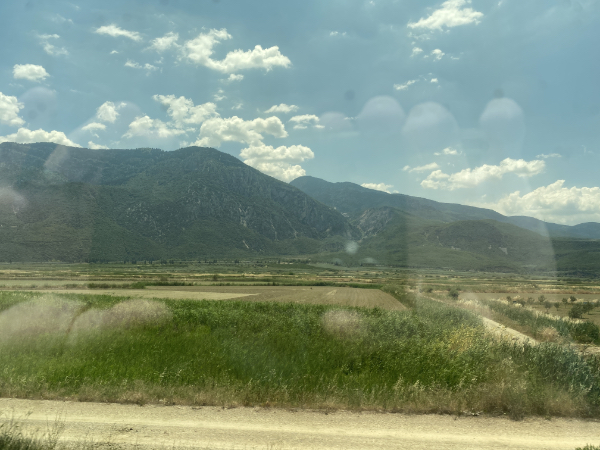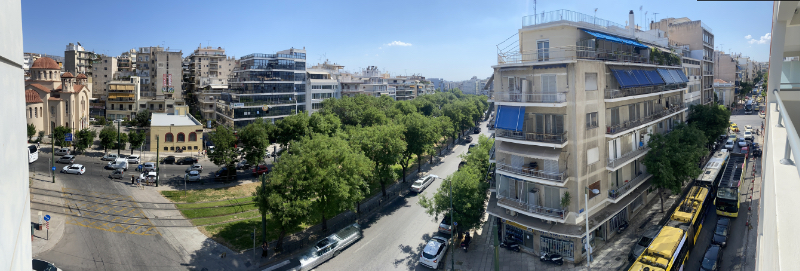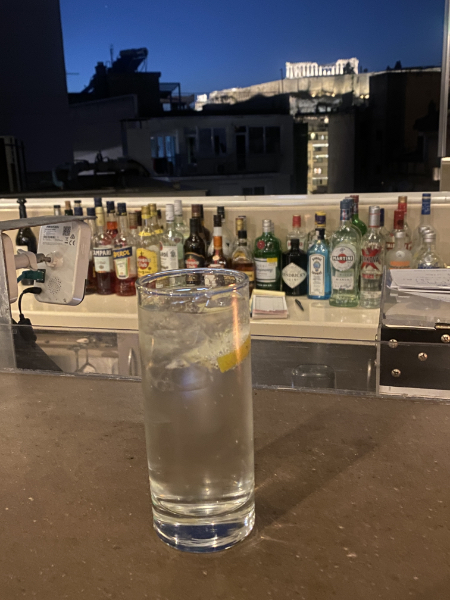First, a video from Day 5 that I forgot to upload:
[This post is a day late because we were flying home yesterday. Duh.]
The Western Tanager joined the chipmunk in wishing me a good morning.

Today we took the Blue Route shuttle to the Visitor’s Center and walked back to the Village, a distance of a couple of miles.
The views are as usual awesome.
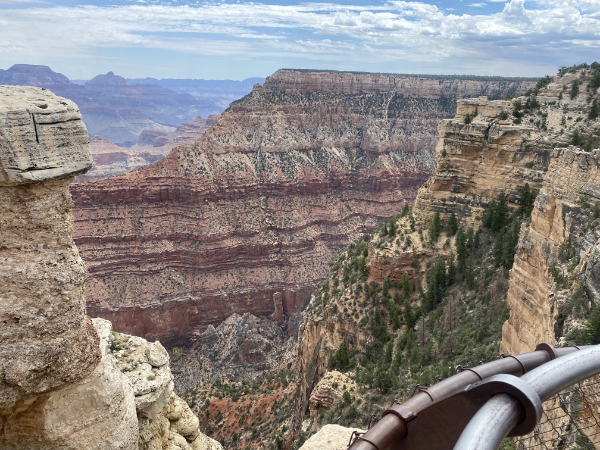
This is at Mather Point, at the Visitor’s Center, probably the only view most people get of the Canyon — and that’s fine, if unfortunate.
Here’s a longshot of the viewing platform. See the tiny little dots? Those are tourists.

And here we are, being not-tourists.
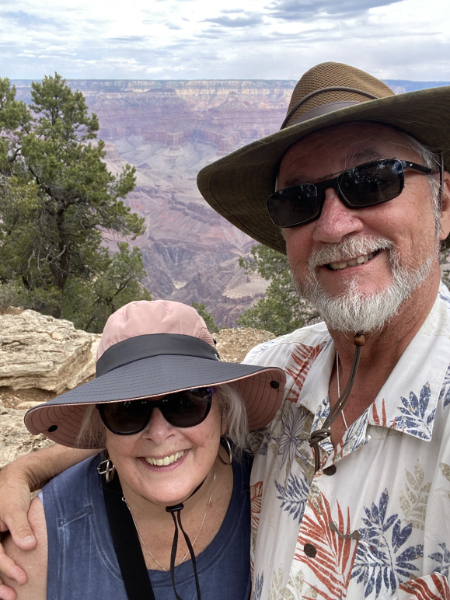
The more time you spend at the Canyon, the more curious you become about its ecology. The area is in a long-term drought, and there are stresses associated with that, but on the whole the life there is adapted to that environment. Here’s a dead juniper:

Only it’s not dead.
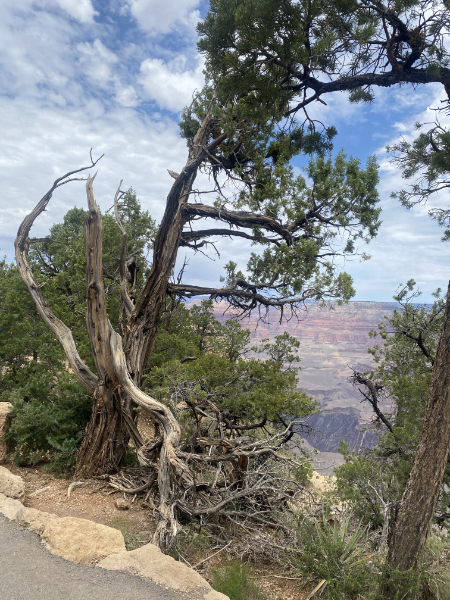
Not even close.

Lizards abound but are difficult to get photos of.

Panorama.

The photos take themselves.
This is looking over at Bright Angel Trail, which starts at the rim by our cabin and goes all the way down to the Colorado River and then back up to the North Rim. [NOTE: Do not attempt.] There are people on this trail. You see them, right?

Even with binoculars, they were hard to see.
Our plans for the afternoon were to eat a nice lunch, then take the Red Shuttle back out to Hermit’s Rest to watch the sunset, ending with snacks at Hermit’s Rest and a nice shuttle ride back to the Village.
That’s not what happened.
The restaurant at Yavapai Lodge at which we wanted to lunch wasn’t actually open for lunch, so we settled for their Tavern… which was not quite the best meal we’ve had there. We soldiered on.
Here’s the waiting area for the Red Shuttle:

What you’re not seeing is the dozens of people waiting for the shuttle, part of the estimated hundreds making their way to Hermit’s Rest — which is not a large area. After waiting for a while as more and more people joined the line, we began to realize that 1) it was going to be way too crowded up there; and 2) waiting for a bus to get back after sunset was not going to be fun.
So we decided to bag that idea. Why not just walk/hike up to Trailview Overlook, the first stop on the Red Shuttle, and watch the sunset from there?
I should have taken photos of the very steep and precipitous trail up there, but we were too busy trying to stay alive on this .7 mile climb to care about that.
Here’s the view from up there:
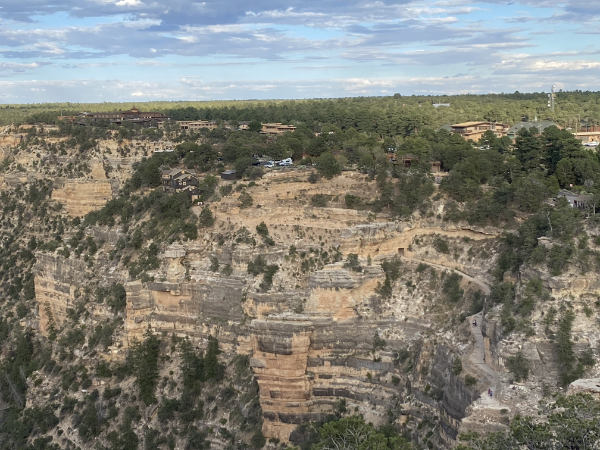
It is, as advertised, a view of Bright Angel Trail and the Village.
You know what’s not visible from Trailview Overlook? The sunset. It would have been behind the forest up there.
So we hiked back down and just walked back up to El Tovar to our usual spot.
However, even this chaos was a good thing, because as we walked up the hill past Thunderbird Lodge and the mini-herd of elk who have taken to dining there, we heard a loud, high-pitched whistling call.
It was one of the mother elks, who had been so focused on her grazing that she and her baby had become separated. (It was similarly focused on a patch two lawns up.) She was calling it, and it responded. My Lovely First Wife actually got footage!
That made the whole venture worth it.
The sunset did not disappoint.

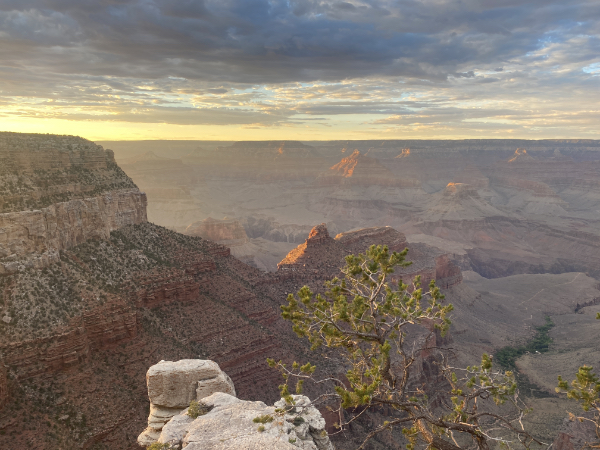

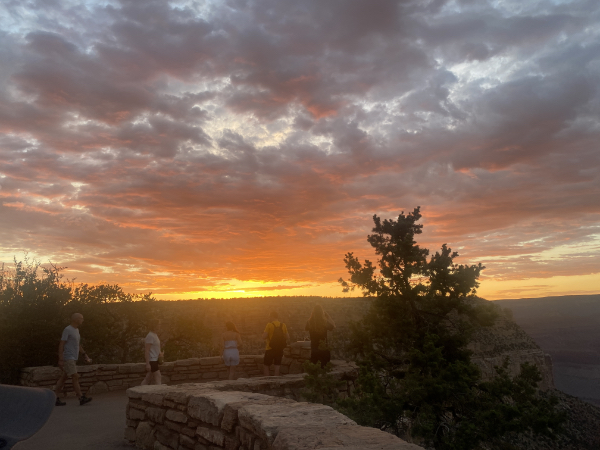
We then retreated to the bar at Bright Angel Lodge — they call them “lounges,” not bars — where we gifted our chairs to Christine, our bartender, who was delighted.
I have mentioned that the cocktail game at Grand Canyon is not, shall we say, elevated. Here is the bar at Bright Angel (and it’s not a lot better at El Tovar):
I decided to challenge myself to come up with a cromulent cocktail using these bottles and the typical bar collection of juices, sodas, etc. Christine abetted me in this crime.
Dear reader, I failed. The pinkish bottle in the middle photo is a prickly-pear-flavored vodka, and since one of my hits is the Prickly Pear Daiquiri, I brainstormed with that one. I avoided rum, since that would have been reduplicative. The best I could do was 1 oz brandy, 1/2 oz PPF vodka, and lime juice, and — boldly — a salt rim. We tried a second one using bourbon. Neither had any body to it.
Christine added Rose’s Sweetened Lime Juice to both, and that helped, but on the whole I would have tossed them in the sink at home. Oh well. Xanterra, if you’re listening, my offer to serve as artist-in-residence cocktail consultant stands.
One last thing: At the bar the night before, one of the TVs was playing by-god cornhole championships (of which, I kid you not, there are multiple). They made the golf on the other TV look thrilling. This night, the TVs were playing car races, which are also mind-bogglingly boring.
We teased Christine about not having cornhole on the agenda and settled in for snacks and cocktail failures. But then…

This is the Lucas Oil POWRi National Midget League. They spend their couple of laps skidding around the curve of the dirt track.
But that’s not the most ridiculous thing. Here’s the lineup for Heat 6:
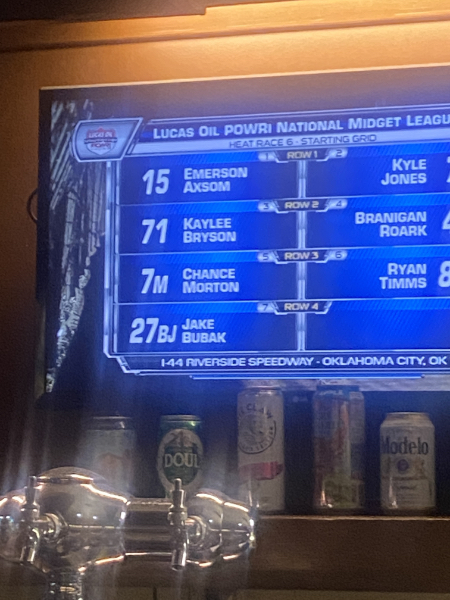
Emerson. Chance. Ryan. Kyle. Brannigan.
Kaylee, for Cthulhu’s sake.
Every heat was like this. It sent me into a giggling fit that attracted attention. (FYI, Kaylee came in third. She’s adorable.)
It was time for bed.
I’m not going to blog about getting home, other than to say: Yo, SanTan Brewery & Pub at Phoenix Sunport, dudes, fix your “order from your phone” thing so that it doesn’t randomly add cheeseburgers and an IPA to my order of chicken fingers. Poor server had to fix it all. And if you’re going to feature your Saint Anne’s Citrus Rose Gin[1,] you should probably try to get some vendor at the airport to sell it, not to mention having it as an option on your “order from your phone” thing.
Next up: the swag report, and pro tips.
—————
[1] Coming soon, a rant about liquor distributorships.
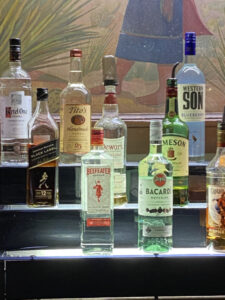
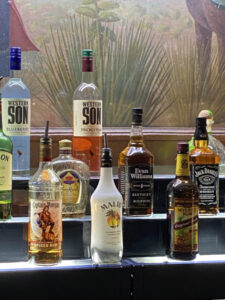
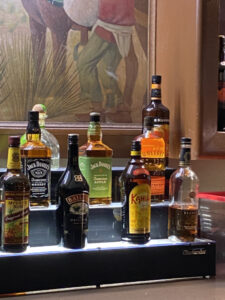


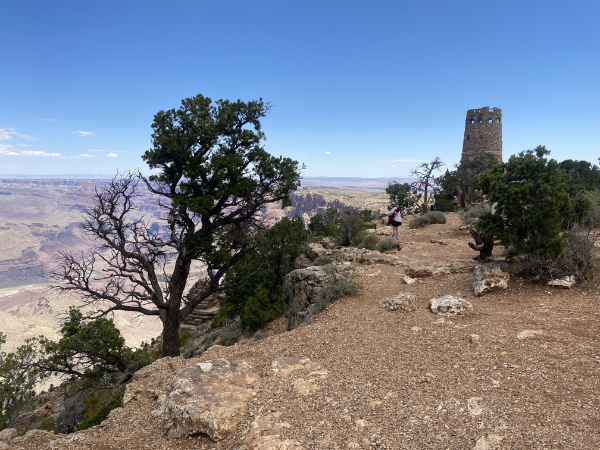
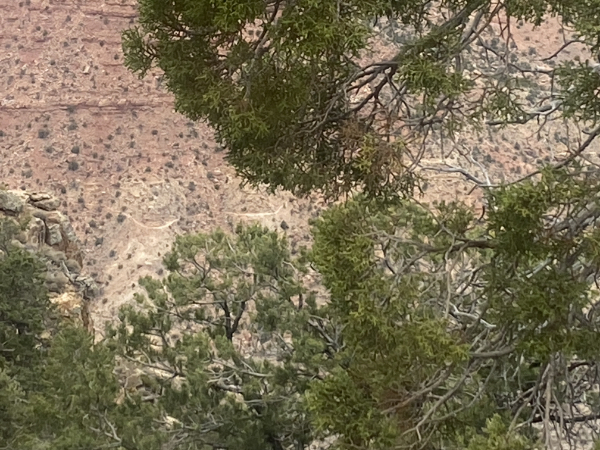

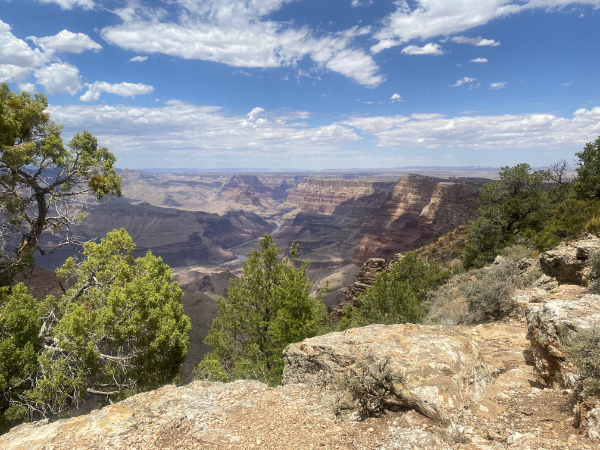

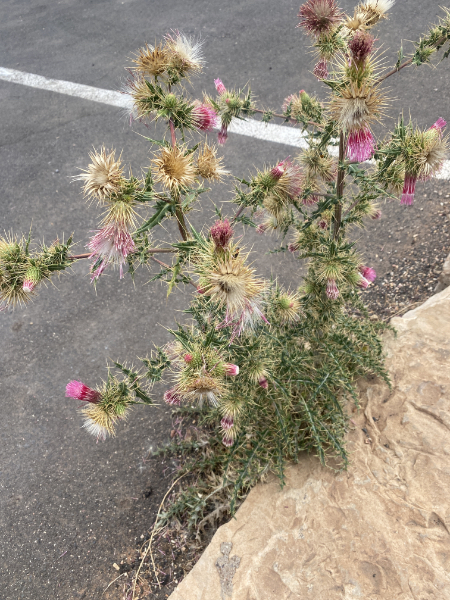
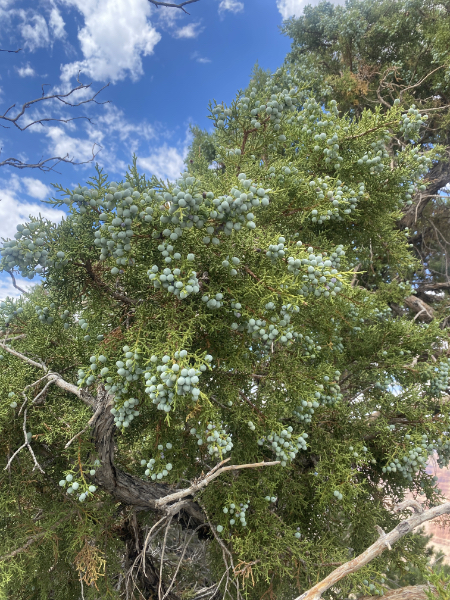

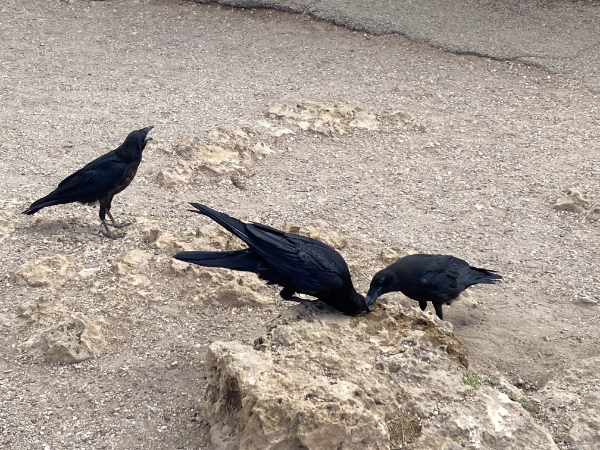
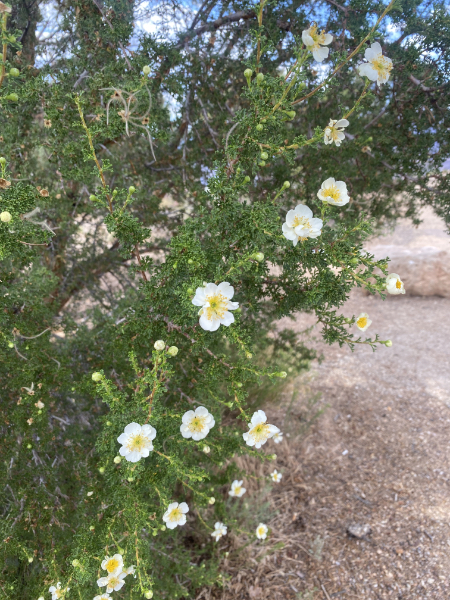
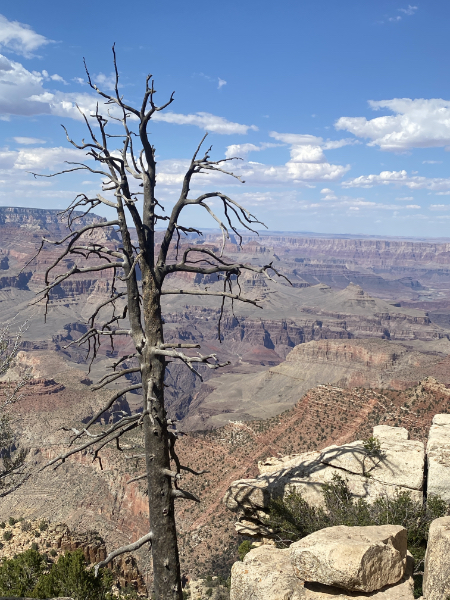

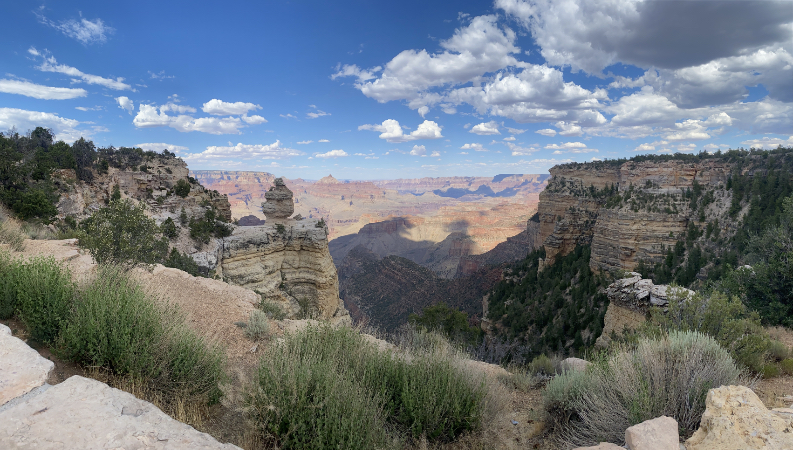



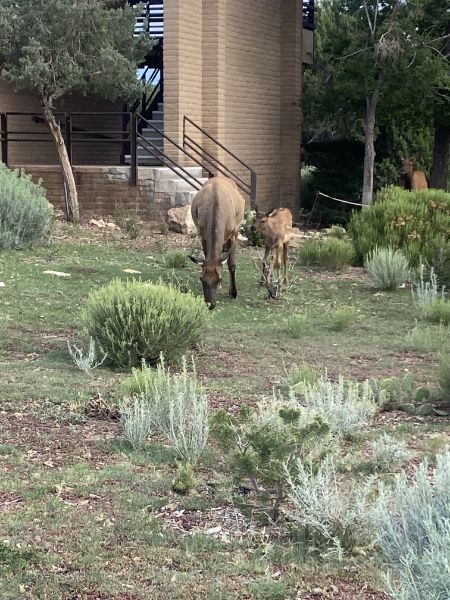
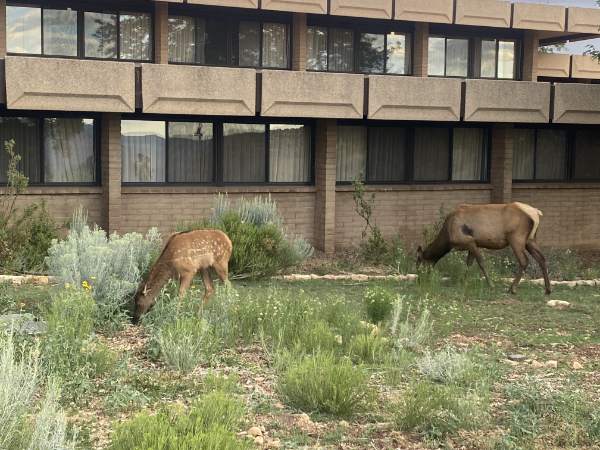
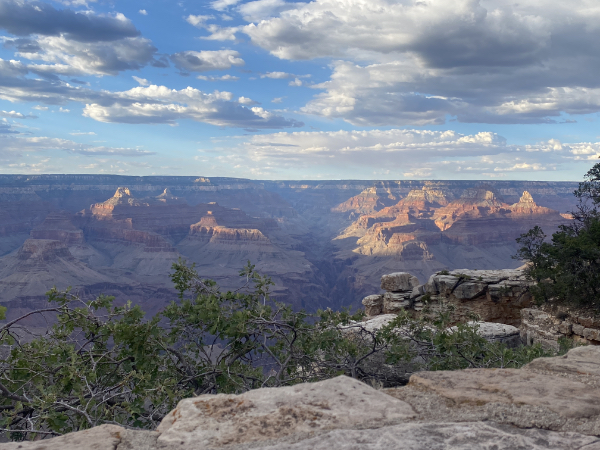

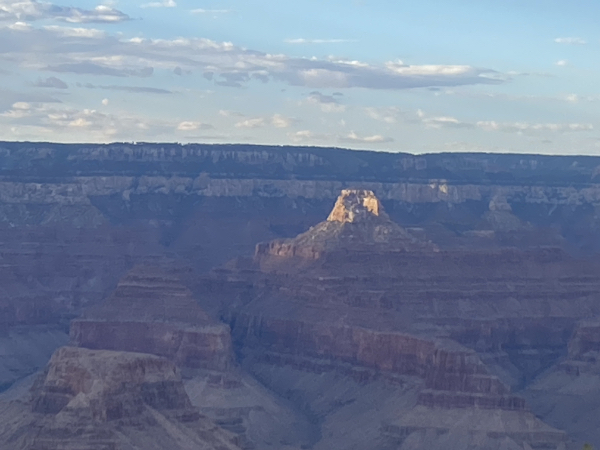

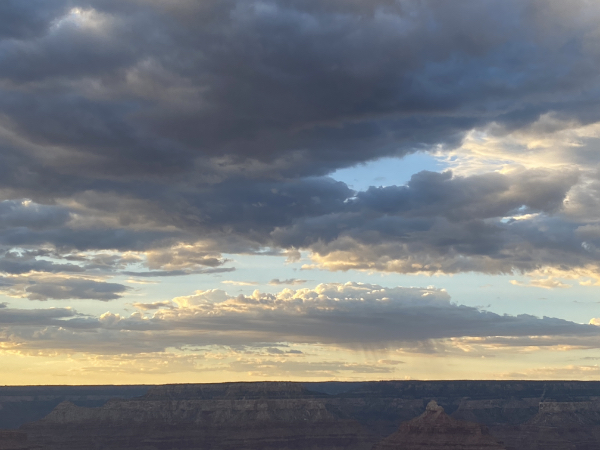
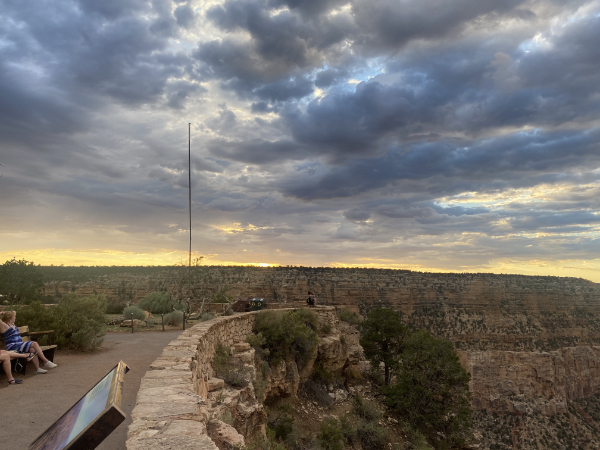
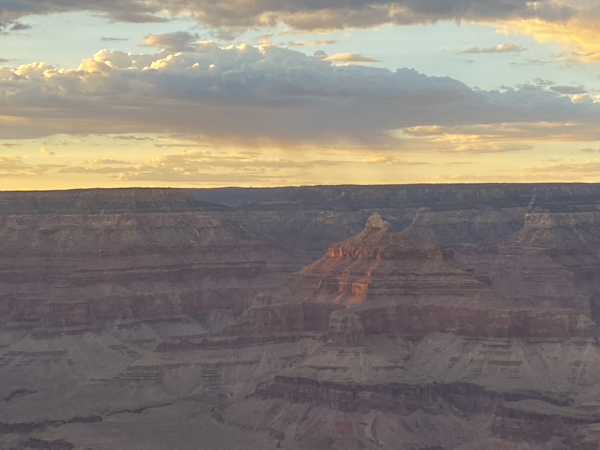



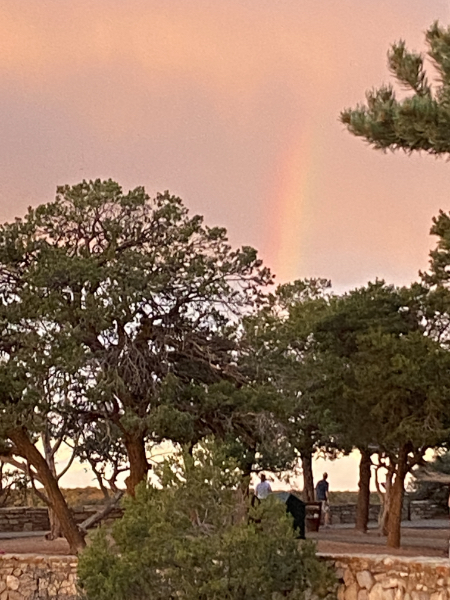
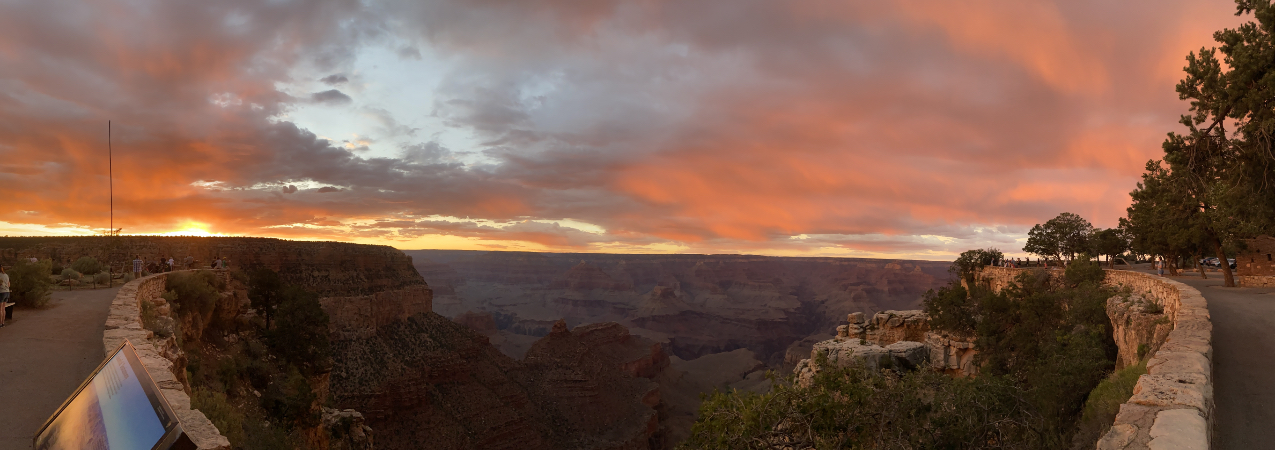
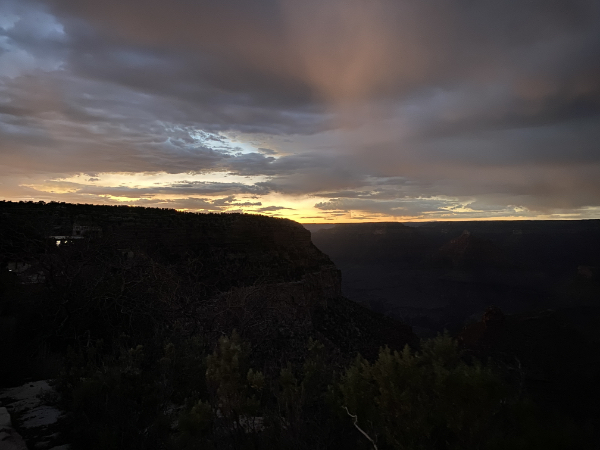
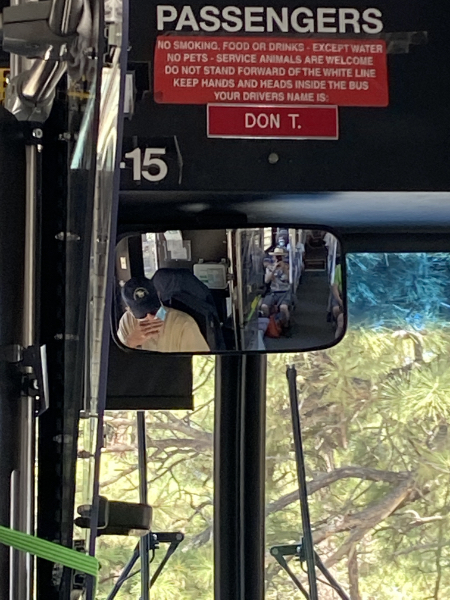


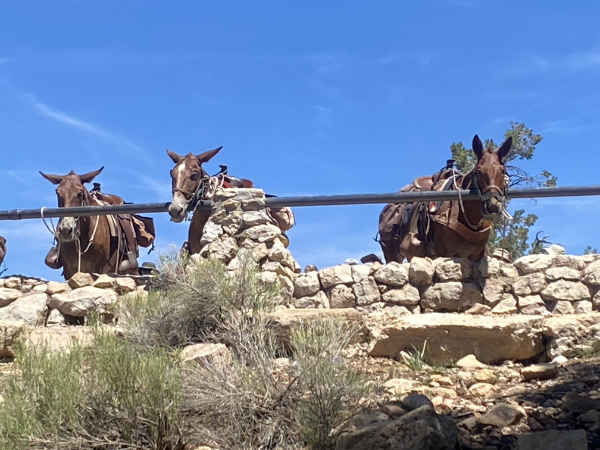

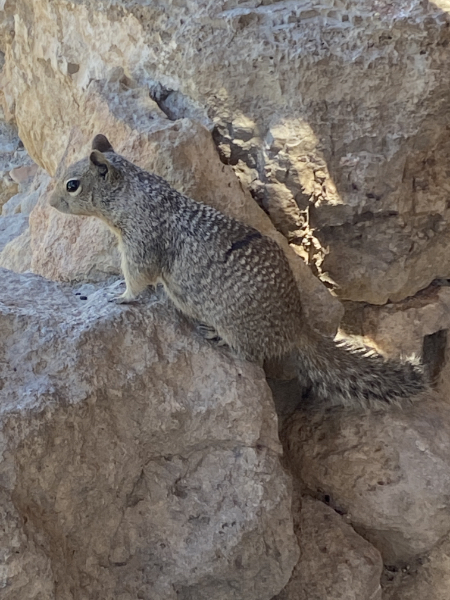

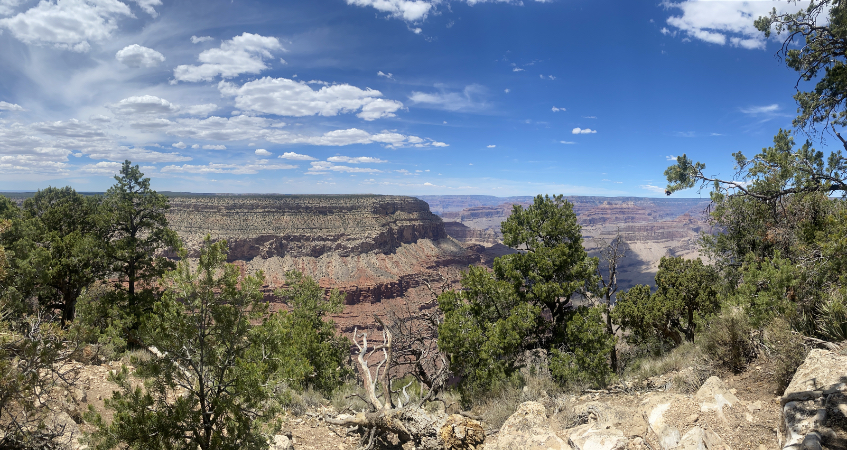
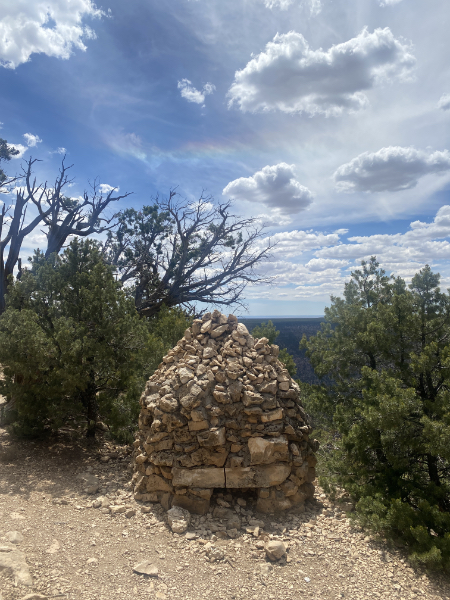


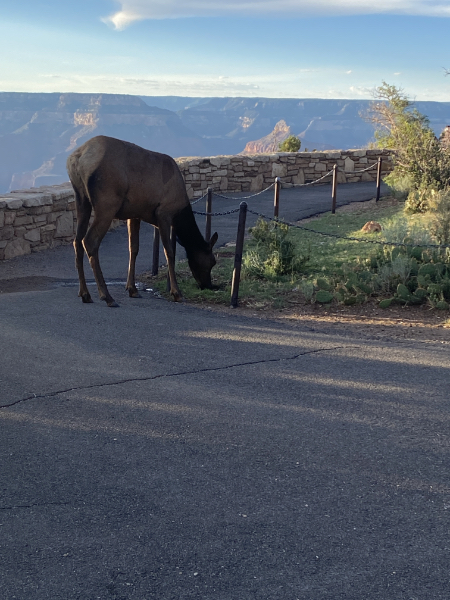
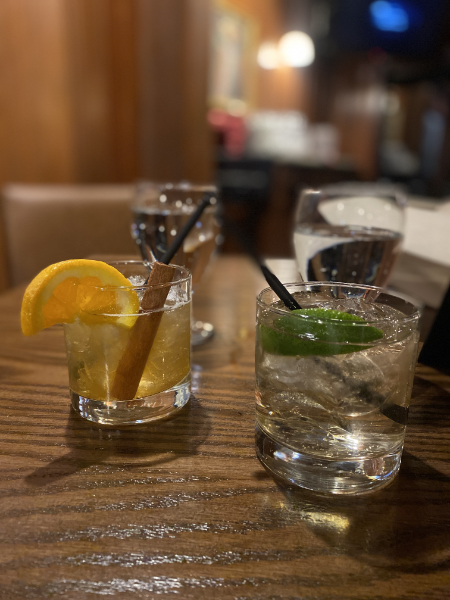
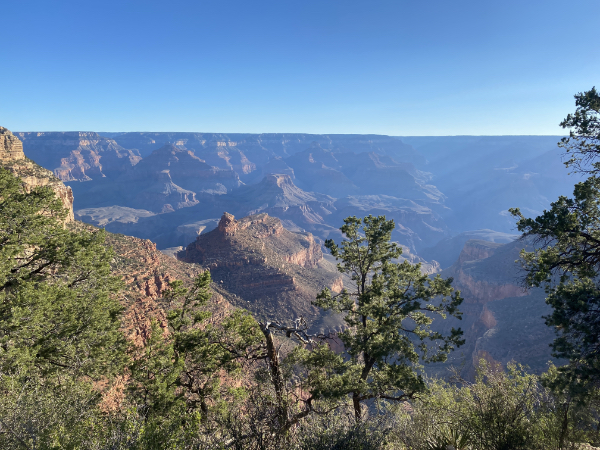
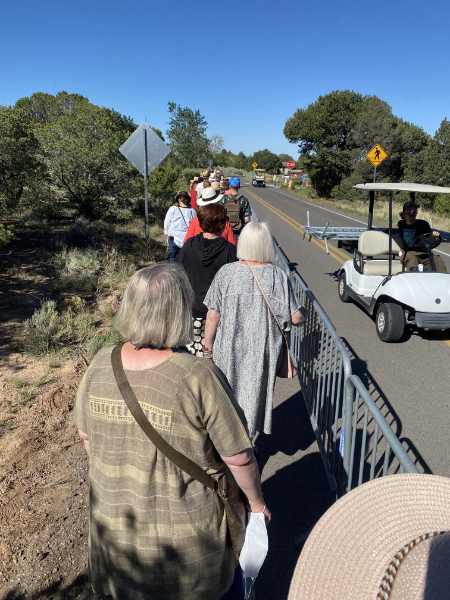
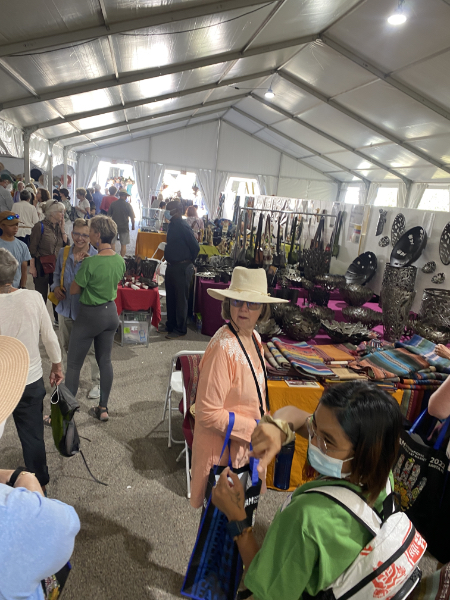
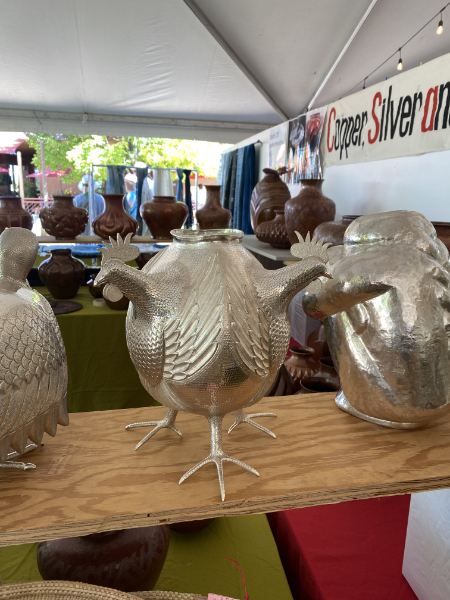
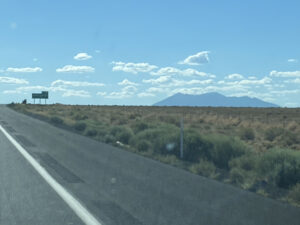
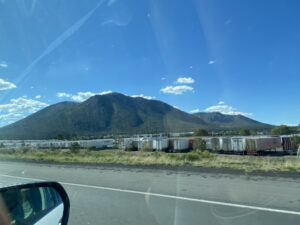
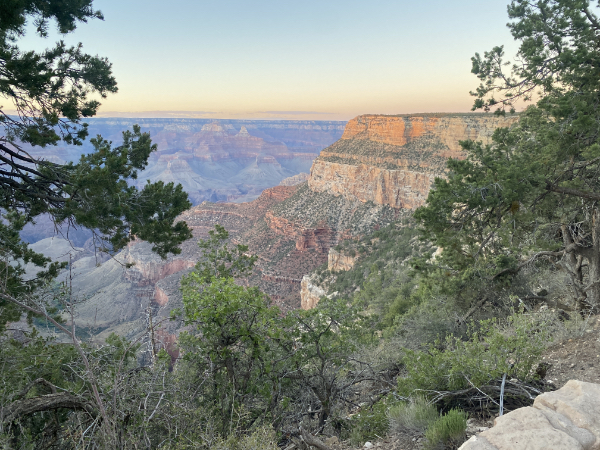
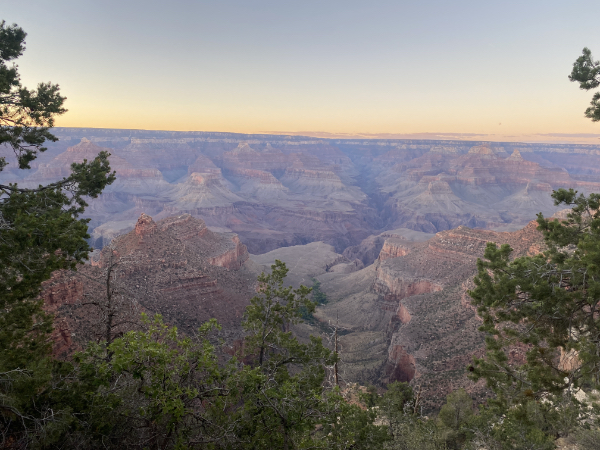
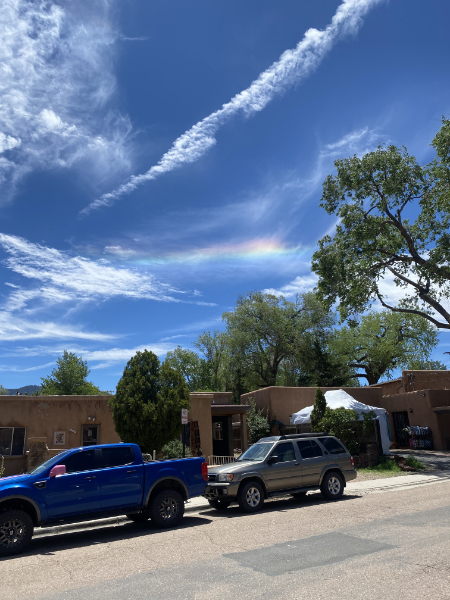
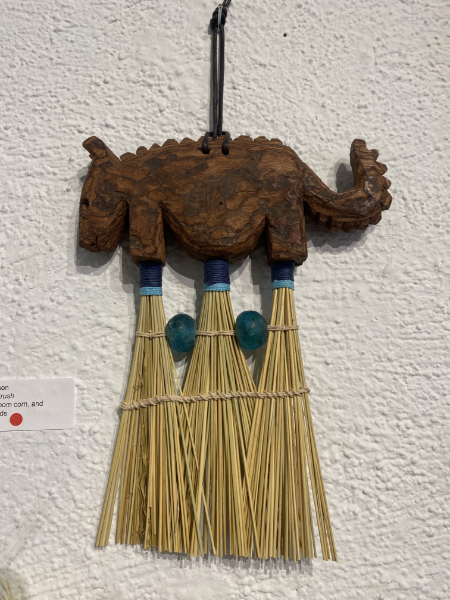

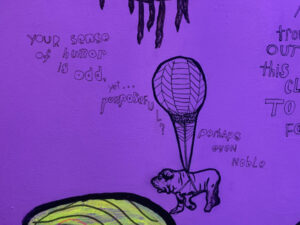
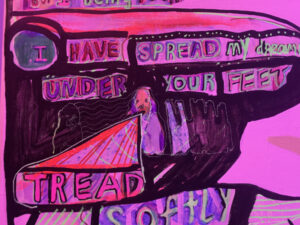
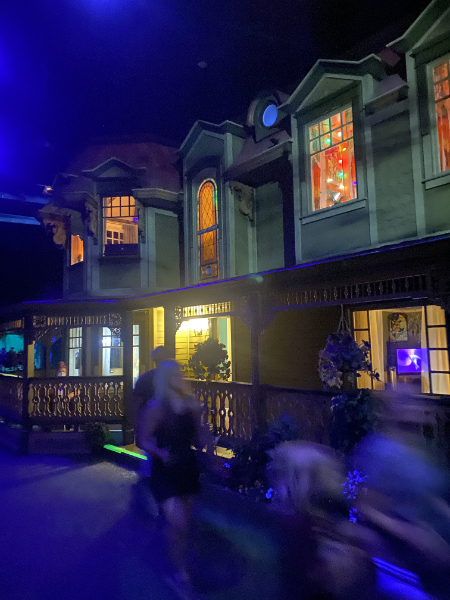
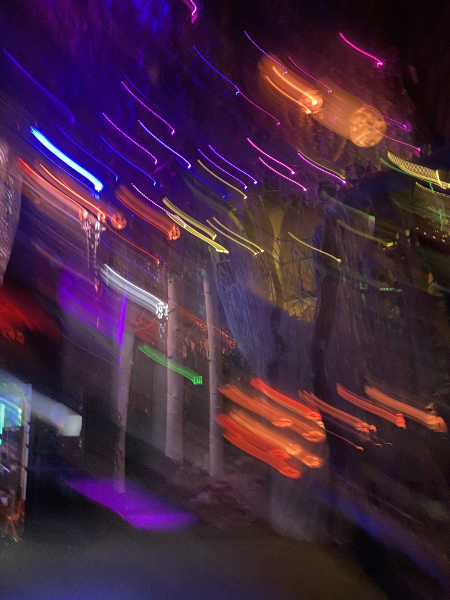

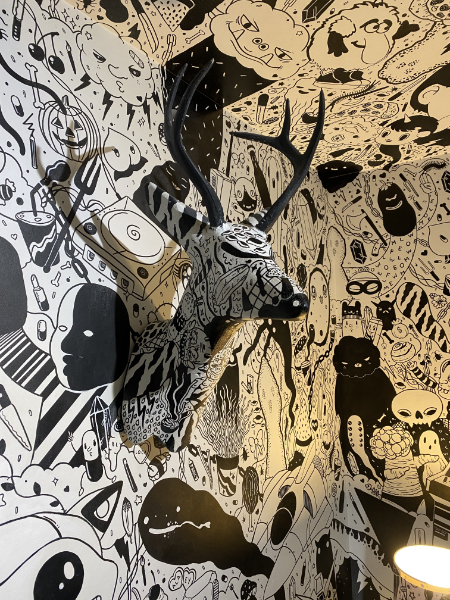



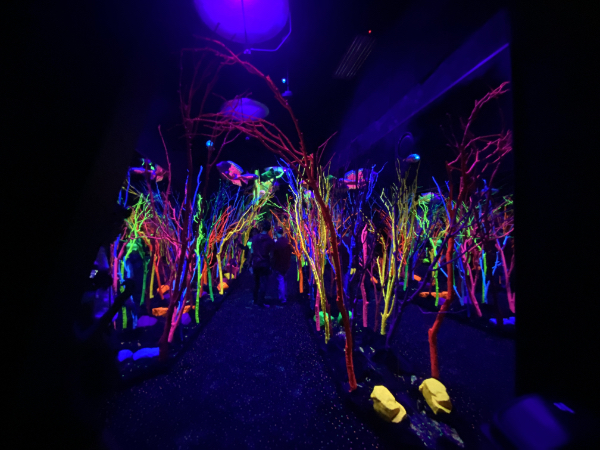
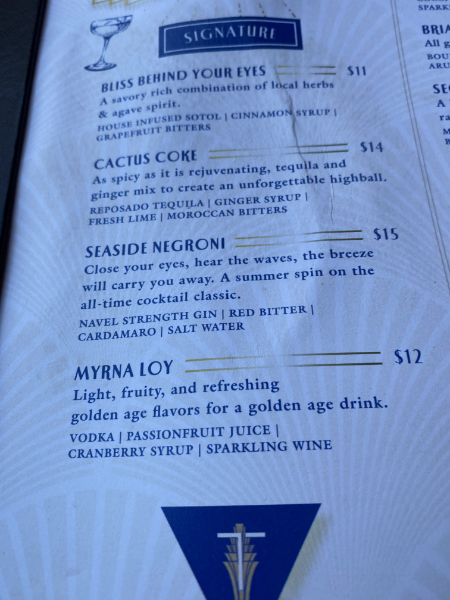
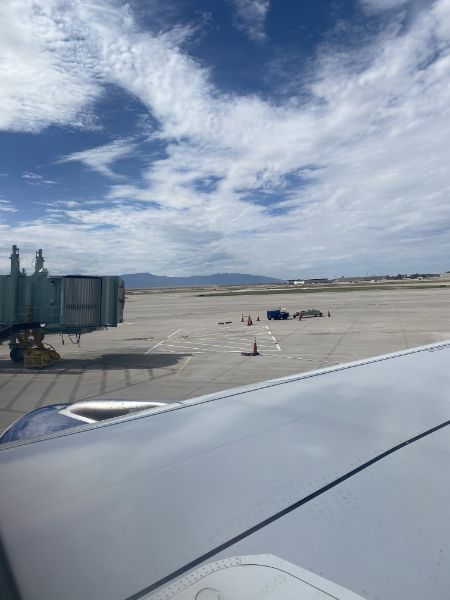 We landed in Albuquerque and headed to the Payless car rental desk. Hilarity ensued. First of all, Payless doesn’t have a desk. They have a little printed sign alerting you that the Budget desk is handling those rentals. The gentleman who assisted me seemed to be some kind of management person who was filling in and not at all familiar with how the Payless interface worked, but he finally got it all worked out.
We landed in Albuquerque and headed to the Payless car rental desk. Hilarity ensued. First of all, Payless doesn’t have a desk. They have a little printed sign alerting you that the Budget desk is handling those rentals. The gentleman who assisted me seemed to be some kind of management person who was filling in and not at all familiar with how the Payless interface worked, but he finally got it all worked out.